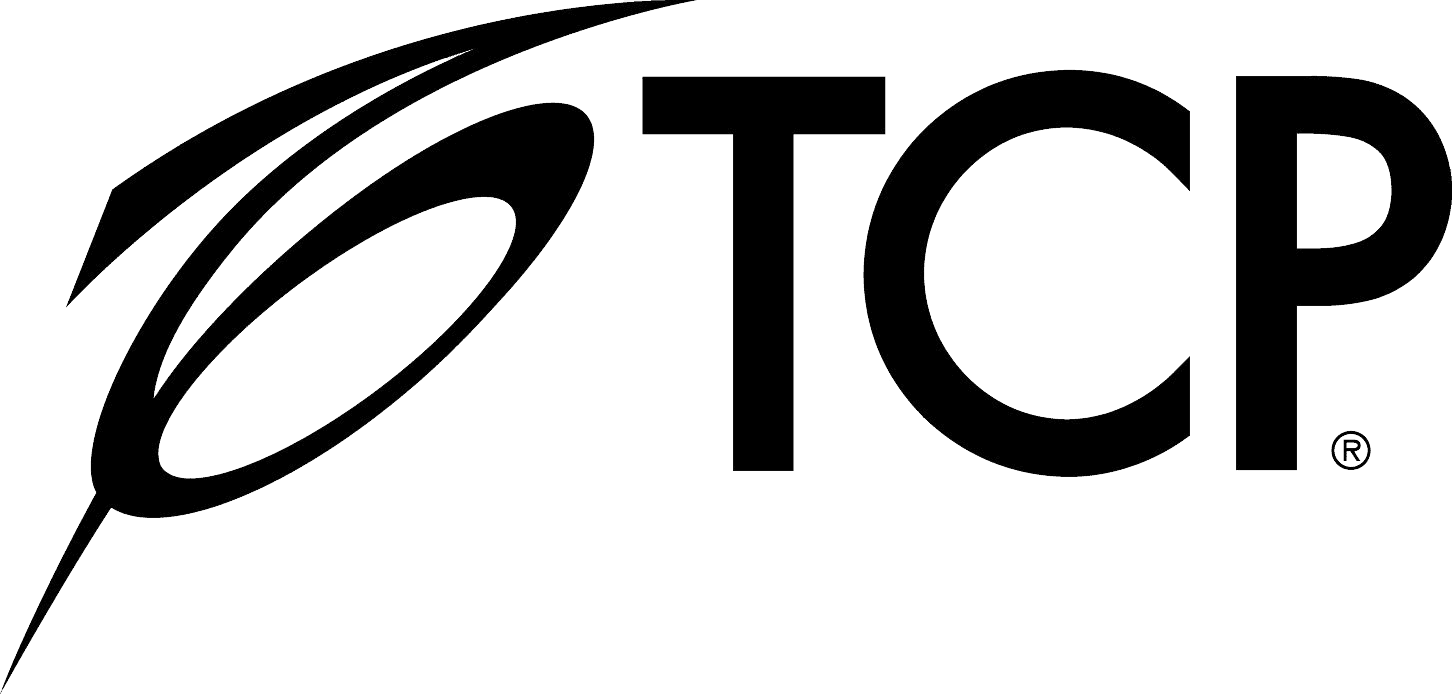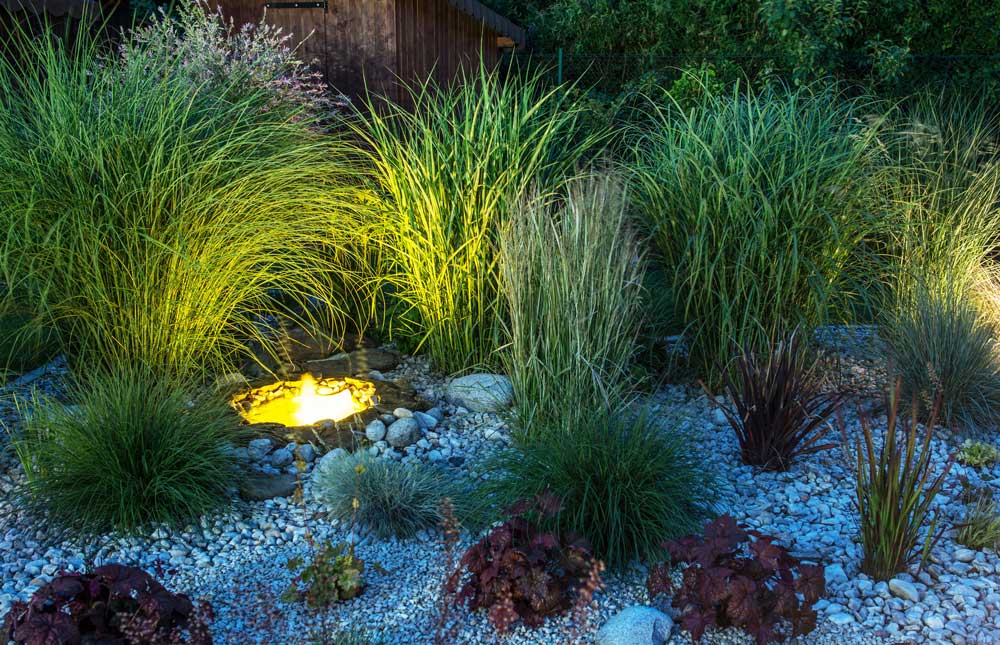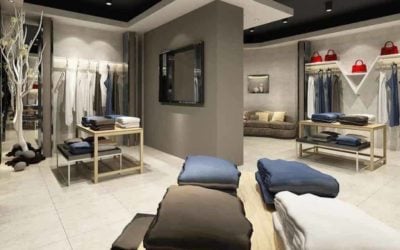Landscape Lighting Design Tool: How to Design The Best Lighting For Patios
Outdoor entertaining is a staple of the warmer seasons. However, designing outdoor lighting that achieves your desired effect can be tricky. To help you choose the best lighting for patios, decks and other outdoor spaces, the pros at TCP have developed our user-friendly landscape lighting design tool.
This interactive landscape lighting software lets you quickly and easily see how different kinds of light will illuminate your outdoor area. Use it for designing landscape lighting that impresses, deciding which outdoor business lights maximize visibility or pitching your exterior patio lighting ideas to clients.
Even if you’re not sure how to design landscape lighting that enhances outdoor dining and socializing, this lighting design tool can make you seem like a seasoned pro!
You can use our landscape lighting design tool two ways:
- Start with a light.
- Type in your preferred luminaire or choose from the drop-down menu.
- Check the information tab to ensure you’re working with your preferred watts, lumens, driver and other factors to achieve your desired effect.
- Choose the shape, width and length of your fixture.
- Start with a layout.
- Set the size parameters for the area you’re lighting.
- Decide the mounting type, spacing and height of your lighting installation.
- Adjust luminaire tilt and other specs to achieve optimal light for outdoor settings.
You’ll see right away how widely your lighting choices disperse, where the shadows fall and more. Then you can set the display configuration to your liking with a wide range of color, contour and grid spacing options.
Best of all, you can access this digital tool anywhere – on any device – making it valuable for working in the field and on the fly. Plus, you can email results directly to your clients, print them or send a link to your colleagues.
Now that you’ve got our landscape lighting software on your radar, let’s dive into the LED commercial outdoor lights from TCP that you can play with in it! Then we’ll explore some outdoor lighting techniques that will level up your exterior patio lighting ideas.
Types of Outdoor Lighting Fixtures
The difference between indoor and outdoor light bulbs concerns more than location ratings. Designing outdoor lighting layouts that create a specific vibe means choosing the types of lighting fixtures that fit your space and will deliver the effect you want. Here are the four main kinds of commercial outdoor lighting to consider for your patio:
Flood Lights
TCP’s Select Series Flood Lights are available in three sizes and feature a tamper-resistant glass lens with a 105° beam spread. Install them as a knuckle or yoke mount, and use them for:
- Downlighting
- Cross Lighting
- Area Lighting
- Diffusing Light
Spotlights
The TCP LED Spot Light is easy to install and durable with a shatter-resistant polycarbonate lens. It can be surface-mounted or junction box-mounted with a pivot arm for max flexibility. Use it for:
- Uplighting and Downlighting
- Wall Grazing
- Shadowing and Silhouetting
- Cross Lighting
Path Lights
Pathway lighting ensures safety and attracts visitors to your alfresco entertainment space. It can be subtle or eye-catching and is the best lighting for patio-adjacent areas, like sidewalks, entryways and exits. Use path lights to add accessibility and traffic control to exterior patio lighting ideas.
Wall Packs
Wall-mounted patio lighting options let you take advantage of vertical space to create an effect or enhance safety. TCP’s Select Series Wall Packs feature a prismatic polycarbonate lens, a 90° beam angle and an easy-access wiring component with knockouts. Use them for:
- Downlighting
- Wall Grazing
- Spreading and Diffusing Light
- Area Lighting
Planning Outdoor Lighting Techniques
Our digital landscape lighting design tool simplifies your process. But that doesn’t mean your outdoor lighting design will be boring! Try out these cool lighting techniques that can help you achieve the alfresco entertaining ambiance you want. They’re incredibly helpful for figuring out how to design landscape lighting around your patio that’s warm and welcoming, vibrant and fun, romantic and intimate, or intriguingly unique.
Uplighting
- Light fixtures are placed low to the ground so their illumination shines upward.
- Adds contrast and captivating shadows.
- Creates a sense of depth on flat vertical surfaces.
- Best for highlighting architectural features, trees and other tall structures.
Downlighting
- Light fixture is placed high so the illumination shines downward.
- Adds safety and visibility to any outdoor space.
- Creates a sense of depth and a warm, welcoming vibe.
- Best for illuminating water features, flower beds and other ground-level features.
Wall Grazing
- A spotlight is placed 12 inches or less from the base of the wall it will graze.
- Adds drama and intrigue to textural vertical spaces.
- Creates shadows and a sense of character, drama and depth.
- Best for highlighting textures on stone or brick walls, trees, pillars or statuary.
Wall Washing
- A wide-angle light is placed 12 inches or further from the base of the wall it will wash.
- Adds visual uniformity by eliminating strong shadows.
- Creates the illusion of a larger space and a sense of grandeur.
- Best for drawing attention to signage or artwork on flat vertical spaces.
Shadowing
- Light is placed at a low level in front of the object to be shadowed, which is in front of a flat vertical surface.
- Adds depth and interest as the object’s shadow is cast upon the wall behind it.
- Creates a dramatic sense of scale, especially if the shadowed object has movement.
- Best for drawing attention to trees, tall plants, statues and fountains.
Silhouetting
- Light is placed at a high or low level behind the object to be silhouetted, which is in front of a light-colored vertical surface.
- Adds a unique visual effect by highlighting both the textures of the wall and the shape of the object.
- Creates a subtler sense of intrigue and drama by flipping the light and dark focus.
- Best for showing off uniquely shaped objects, like exotic plants or statues.
Cross Lighting
- Two or more light fixtures are placed on either side of the object to be lit so that their beams cross each other as they shine on the object.
- Adds depth and dimension to larger objects by reducing shadows.
- Creates a defined focal point and can help an object stand out from its surroundings.
- Best for showcasing special objects, like statues, trees or fountains.
Spreading & Diffusing Light
- Multiple lights are spaced roughly evenly and placed at varying heights and angles, with beams directed down or up.
- Adds a soft, welcoming vibe that invites conversation and relaxation.
- Creates a sense of comfort and safety while avoiding harsh glare.
- Best for illuminating spaces for outdoor dining or low-key entertainment.
Area Lighting
- A combination of overhead and wall lights is ideal for lighting a large outdoor area.
- Adds a sense of safety by eliminating shadowy corners.
- Creates a vibrant, fun vibe that invites participation.
- Best for outdoor entertaining that includes games or other group activities.
Outdoor Patio Lighting Options at TCP
Our landscape lighting design tool can take your commercial outdoor lighting plan to the next level. Let it guide you to the best patio lighting options for the alfresco tone you want to set.
Check out all of TCP’s LED commercial outdoor lights for a wide selection of durable, energy-efficient and brilliant lights for patios, decks, walkways and more. And reach out to us for expert assistance using our landscape lighting software or designing outdoor lighting that achieves all your goals.









